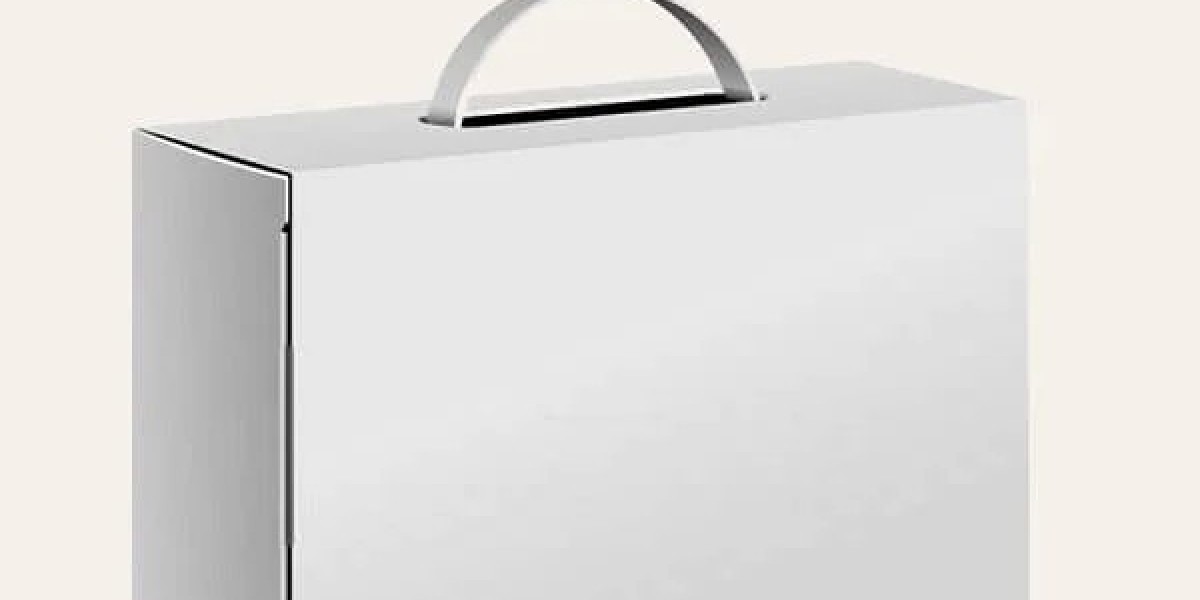known as carrier boxes or tote boxes, have come a long way from their humble beginnings. Initially designed as simple containers with handles for easy carrying, they were primarily used for packaging and transporting goods. However, as consumer preferences evolved and the need for more versatile packaging solutions grew, handle boxes underwent a transformation.
Today, handle boxes are available in a wide range of shapes, sizes, materials, and designs. They can be customized to suit specific requirements, making them ideal for various industries and applications. From corrugated cardboard to rigid plastic, handle boxes are manufactured using different materials, each offering unique benefits in terms of durability, sustainability, and aesthetics.
Revolutionizing Retail Spaces
One of the areas where handle boxes are making a significant impact is in retail spaces. Traditionally, retail packaging was focused solely on functionality and protection of goods. However, with changing consumer expectations and the rise of e-commerce, packaging has evolved into a powerful marketing tool.
Handle boxes play a crucial role in this evolution by offering a perfect blend of functionality and branding. They not only protect the products during transit but also serve as a means to enhance brand visibility and customer experience. With customizable printing options, businesses can create eye-catching designs, incorporate branding elements, and convey important product information effectively.
Moreover, handle boxes can be designed to facilitate easy stacking and display, optimizing shelf space and enhancing the overall visual appeal of retail environments. Whether used for packaging clothing, electronics, cosmetics, or food products, handle boxes provide a versatile and cost-effective solution for retailers looking to stand out in a competitive market.
Transforming Logistics and Supply Chain Management
In addition to retail, handle boxes are transforming logistics and supply chain management practices. The traditional approach to shipping and transporting goods often involved bulky, non-stackable containers that were inefficient in terms of space utilization and handling.
Handle boxes address these challenges by offering a lightweight yet sturdy alternative that is easy to stack, handle, and transport. Their ergonomic design with built-in handles makes them ideal for manual handling as well as automated systems, improving efficiency and reducing the risk of damage during transit.
Furthermore, handle boxes can be designed with features such as tamper-evident seals, RFID tags, and barcode labels, enhancing security and traceability throughout the supply chain. This not only streamlines inventory management but also enables real-time tracking and monitoring of shipments, ensuring timely delivery and customer satisfaction.
Embracing Sustainability
In the era of environmental consciousness, sustainability has become a key consideration for businesses across industries. Handle boxes, particularly those made from recyclable and biodegradable materials, are gaining popularity as eco-friendly packaging solutions.
By opting for sustainable handle boxes, businesses can reduce their carbon footprint, minimize waste generation, and contribute to a greener planet. Moreover, sustainable packaging is increasingly preferred by consumers who prioritize environmentally responsible products and brands.
Future Prospects and Innovations
Looking ahead, the future of handle boxes seems promising with ongoing innovations and advancements. Technologies such as smart packaging, incorporating sensors and IoT capabilities, are poised to revolutionize how handle boxes are used and managed. These smart features can provide real-time data on product conditions, location tracking, and even offer interactive experiences for consumers.
Furthermore, advancements in materials science are leading to the development of bio-based and compostable materials for handle boxes, further enhancing their sustainability credentials. Additive manufacturing techniques like 3D printing also offer new possibilities in terms of design flexibility and customization.
In conclusion, handle boxes are not just containers; they are innovative solutions that are reshaping spaces and redefining standards in packaging, retail, logistics, and sustainability. As businesses continue to embrace these versatile and functional containers, we can expect further advancements that will drive efficiency, enhance brand value, and contribute to a more sustainable future.



